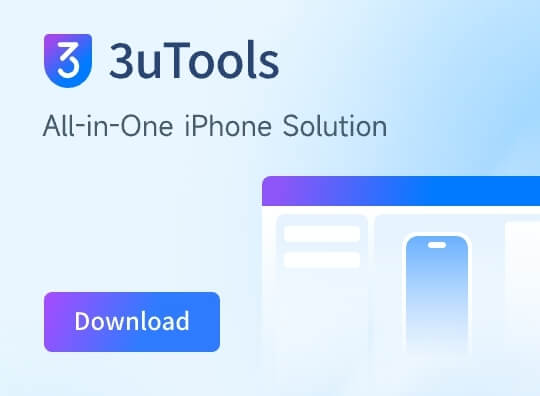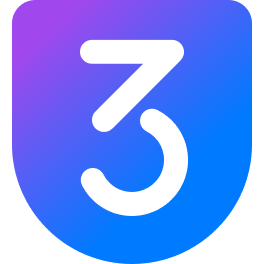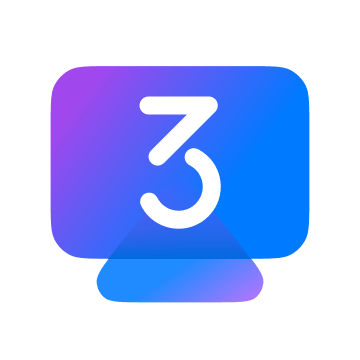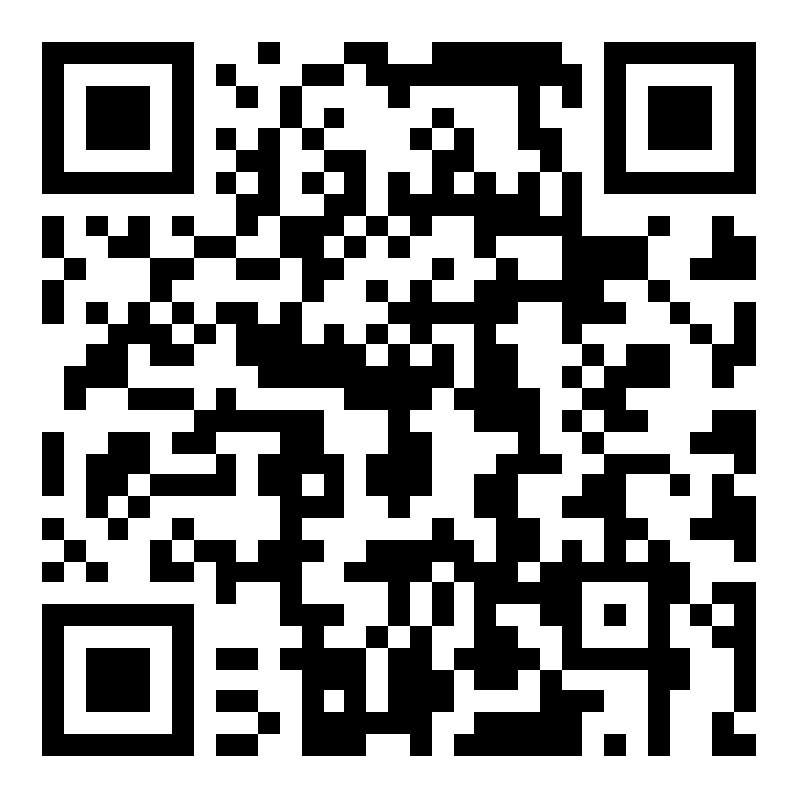The Easy Guide to Switching From Windows to Mac
02/06/2017
5383
Long-term Windows users looking to dip their toe into the Mac ecosystem for the first time typically stick to applications they are familiar with on PC, but there is a wealth of other software that can do the job for the more ambitious switcher.
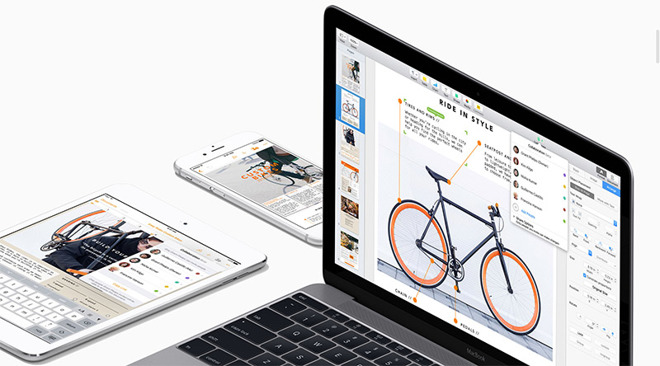
Productivity
Existing users of Microsoft's Office suite of tools will immediately feel comfortable with the Office 365 subscription, as the apps offer almost identical functionality to the Windows versions. Many people who use the suite frequently may not want to move away from it, but for those who do, there are options. The first alternative is in fact already installed on the Mac by Apple itself: iWork. Apple's own collection of apps cover the core areas Office is typically used for, with Pages, Numbers and Keynote standing in for Word, Excel, and Powerpoint, respectively.
Image Editing
Adobe Creative Cloud could easily be considered the Microsoft Office for art, design, and video. Just like Office, Adobe makes its suite of apps available for the Mac, so there isn't anything to worry creative professionals making the switch. Even so, there are still a few Mac alternatives to individual components for those wanting to go further afield. Photographers can make use of the included Photos app to make changes to their photographs, with basic cropping of shots and automated adjustments available for those wanting to perform quick improvements to shots. For more experienced editors, Photos can dial up the number of potential options considerably, providing a lot of flexibility in getting the perfect image.
Pixelmator
For design work or more involving editing jobs, one of the best-known replacements for Photoshop is the slick-looking Pixelmator. The interface is as finely polished as anyone would expect from a macOS app, making it a great example of what developers on the platform are capable of producing, and an advertisement for Mac in its own right. Users needing simple edits or tweaks to an image are easily handled with a welcoming and easy to use interface, including a fantastic effects browser that shows what the option actually does to an image before the user applies it to their work.
Video Editing

On the PC, the dominant force for video editing is Adobe Premiere, along with After Effects, as part of the Creative Cloud. Adobe's grip on the editing market extends to Mac as well. It's popular software, and difficult to beat, but other options are still available.
When you can't take it with you...
While most essential app categories have their Mac equivalents, there are some rare instances where an alternative isn't available, or the user doesn't want to pay again for something they already have the license for in Windows. In the event that someone switching doesn't want to move away from the Windows version at all, there's a few workarounds.
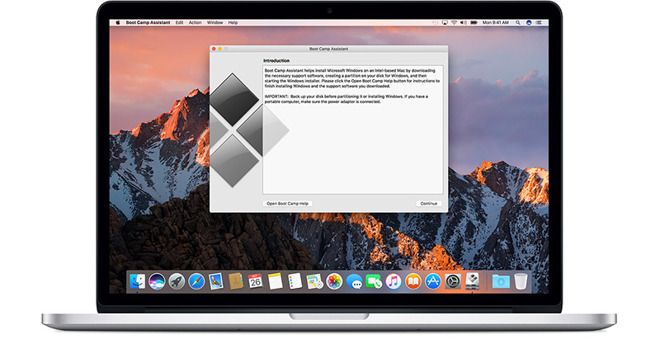
Boot Camp is a feature that allows a user to install Windows onto a Mac. By following the instructions of the Boot Camp assistant, a user can have a separate partition with Windows running in a short while, so long as they have the Windows installation media and a spare license available. While free, this option does mean that users have to effectively exit macOS in order to get into Windows, and vice versa.
Parallels Desktop is a paid alternative that allows Windows to run on a Mac, but in a different way. This time, Windows runs on top of macOS within a window, allowing for software running within Windows to be used alongside Mac apps. The downside is that it costs $80 to do this, on top of a Windows license.
If the PC is still going to be available to use, consider remotely connecting to it from the Mac. Chrome Remote Desktop is relatively simple to set up, and allows for remote control of a Windows desktop from within a window on the Mac. Other solutions are also available, such as LogMeIn and VNC, but considering it is free and easy to use, Chrome Remote Desktop may be the best route in many cases.
Source: appleinsider
